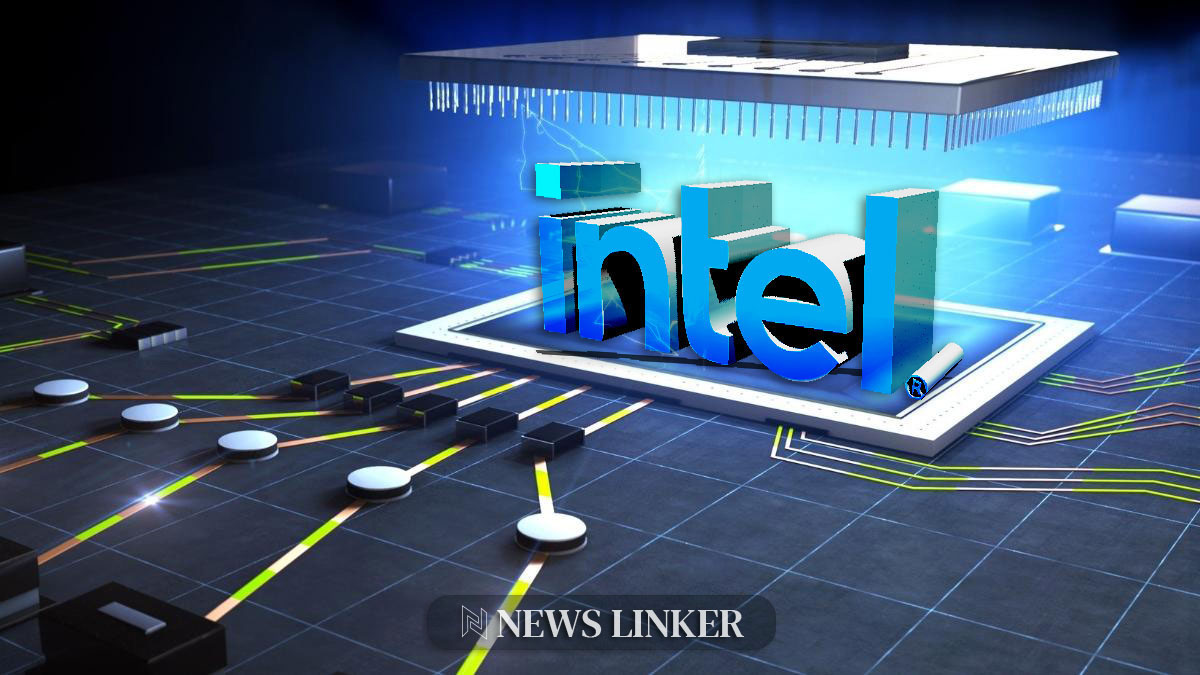Intel has recently made a strategic move to streamline its process technology naming conventions, aiming to clarify its position and future roadmap in the competitive semiconductor industry. This adjustment is not just a change in terminology but a reflection of deeper strategic adjustments as Intel aims to stay relevant and competitive. The new naming strategy aligns with industry standards and makes it easier for customers and investors to understand and compare Intel’s technology offerings with those of its competitors.
Understanding Intel’s New Naming Strategy
Intel’s decision to rename its process nodes is intended to provide clearer communication regarding the capabilities of its semiconductor technologies. By adopting names that reflect the technological progress rather than merely the node size, Intel is addressing the industry’s shift towards naming conventions that better represent the actual advancements in technology. This move is also seen as a way for Intel to reset expectations and more accurately depict the efficiency and performance enhancements in their new technologies.
Impact on Industry Perception
The renaming could also influence how other companies and customers perceive Intel’s technological advancements. As the industry evolves, the clarity in process node naming can help in setting realistic benchmarks and expectations among stakeholders. This transparency is crucial for maintaining trust and credibility in the semiconductor market, where technological leadership is often seen as a key indicator of company health and direction.
Concrete User Inferences
- Renaming helps customers gauge technology efficiency better.
- Clearer naming conventions enhance stakeholder trust in Intel.
- Streamlined names align Intel with industry standards and competitor practices.
In previous years, Intel’s naming conventions often included technical jargon that could confuse non-specialist stakeholders, thus making it challenging to gauge the direct benefits of their technology. Intel’s competitors have sometimes capitalized on this confusion, presenting their innovations in simpler terms. The recent changes could therefore mark a significant turning point in how Intel communicates and positions itself in the global market.
This strategic rebranding could potentially reposition Intel as a leader in innovation clarity, making it easier for the market to understand and anticipate the company’s technological trajectories. Furthermore, it aligns Intel’s communication strategy with its long-term goals of transparency and customer-centric innovation, fostering a better connection with users and stakeholders. As the semiconductor industry continues to evolve rapidly, clear and effective communication will be crucial for Intel to maintain and grow its market position.










